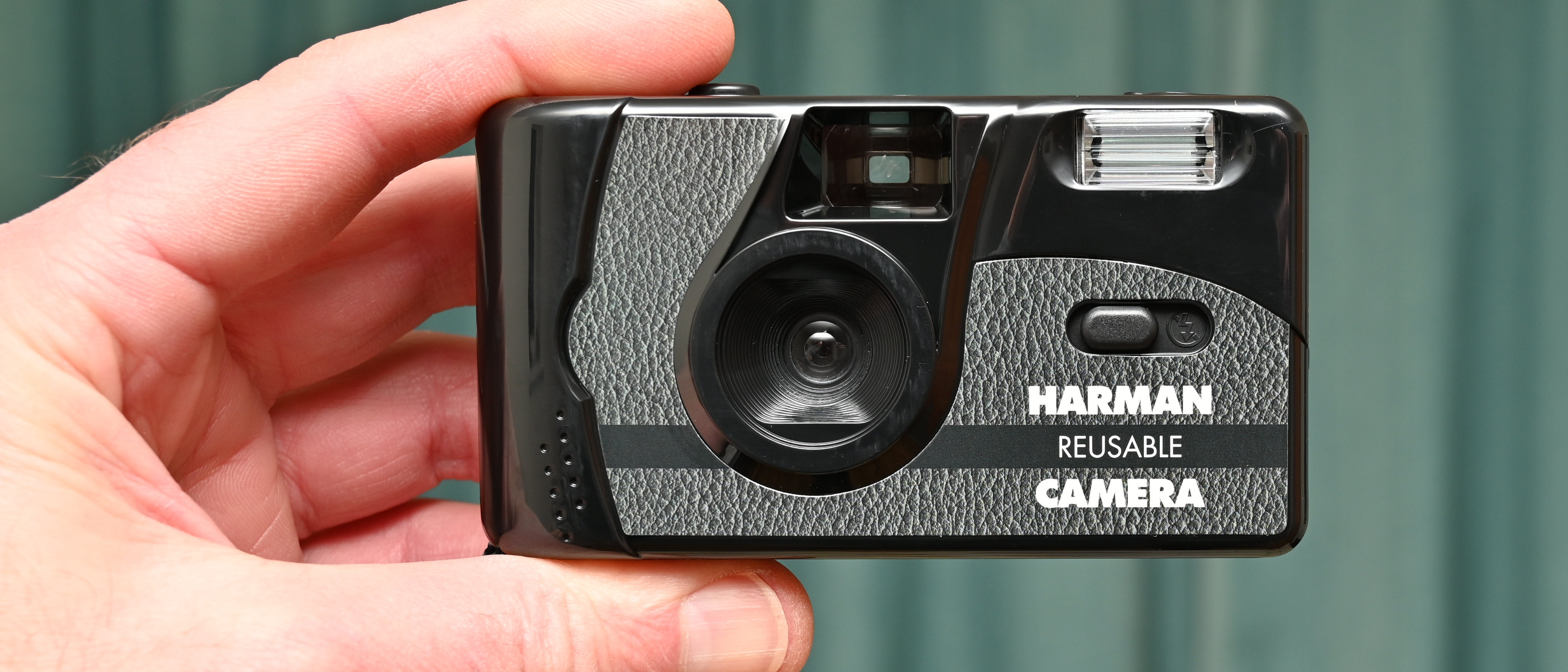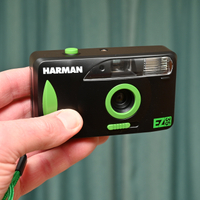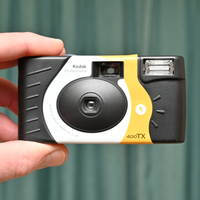Digital Camera World Verdict
I like that the Harman Reusable 35mm Film Camera really is reloadable rather than disposable. It’s a keeper and, to prove the point, it comes with not one but two rolls of good-quality, 36-exposure black & white film, which makes up a third of the overall selling price.
Pros
- +
Reloadable, not single-use
- +
Comes with film and battery
- +
Built-in flash
Cons
- -
Fixed focus/exposure
- -
Finish looks a bit cheap
Why you can trust Digital Camera World
I’ve always found there’s something a bit magical about black-and-white film photography. It has its own distinctive look with real-life grain, that digital cameras can only emulate. This reusable camera from Harman Technology lets people dabble in mono film shooting, without any significant outlay. It comes complete with two rolls of Kentmere Pan ISO 400 black & white film, each offering 36 exposures. And if you’re not familiar with the name, the film is actually manufactured by Ilford, a company with one of the longest and most illustrious histories in the business.
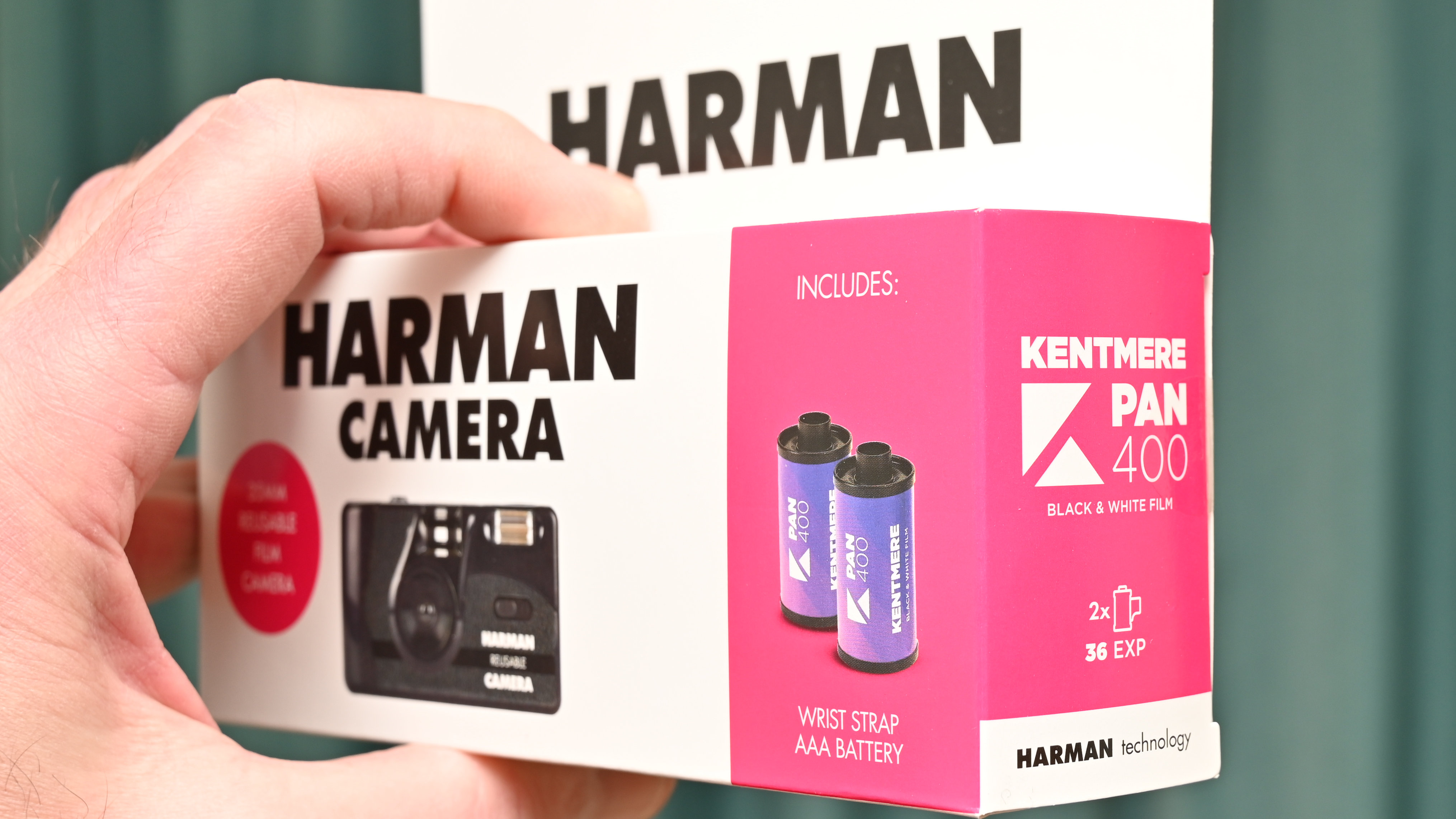
Specifications
| Camera type | 35mm reusable |
| Film type supplied | Kentmere Pan ISO 400 |
| Color / B&W | B&W |
| Film length supplied | 2x 36 exposures |
| Flash | Yes |
| Minimum subject distance | 1m |
| Dimensions (W x H x D): | 114 x 63 x 35 mm |
| Weight (inc film & battery): | 129g |
Price & Availability
Available from Karman Technology and a variety of photographic retailers, this is a seriously inexpensive bit of kit for a reusable camera. It’s priced at around $35/£32 but the camera comes complete with a AAA battery for powering its built-in flash and, more importantly, not one but two 36-exposure rolls of Kentmere Pan ISO 400 black & white film. The film on its own has a retail value of around $13/£11, so you’re basically getting a reusable camera for about $22/£21. It also comes with an eco-friendly feelgood factor, unlike single-use plastic cameras which are notorious for winding up in landfill sites sooner rather than later.
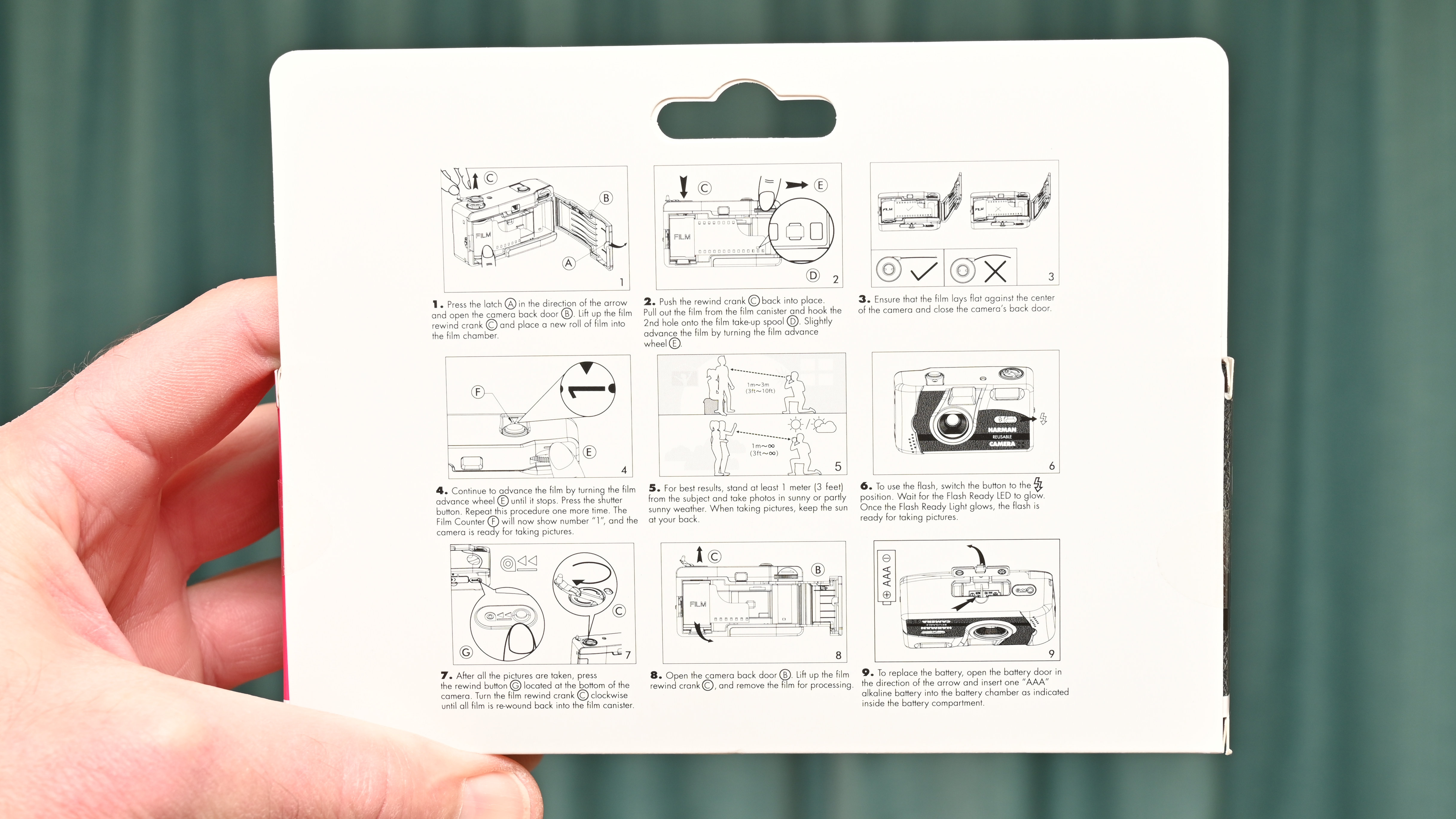
Design & Handling
The casing of the camera is a mix of shiny and matte black plastic. There’s a textured appearance on most of the front panel, which looks best from a distance. On closer inspection, it’s simply a shiny sticker that covers most of the front surface. One thing I like is that, compared with digital cameras that are choc full of circuitry, this camera is amazingly lightweight, even when loaded with film and AAA battery.
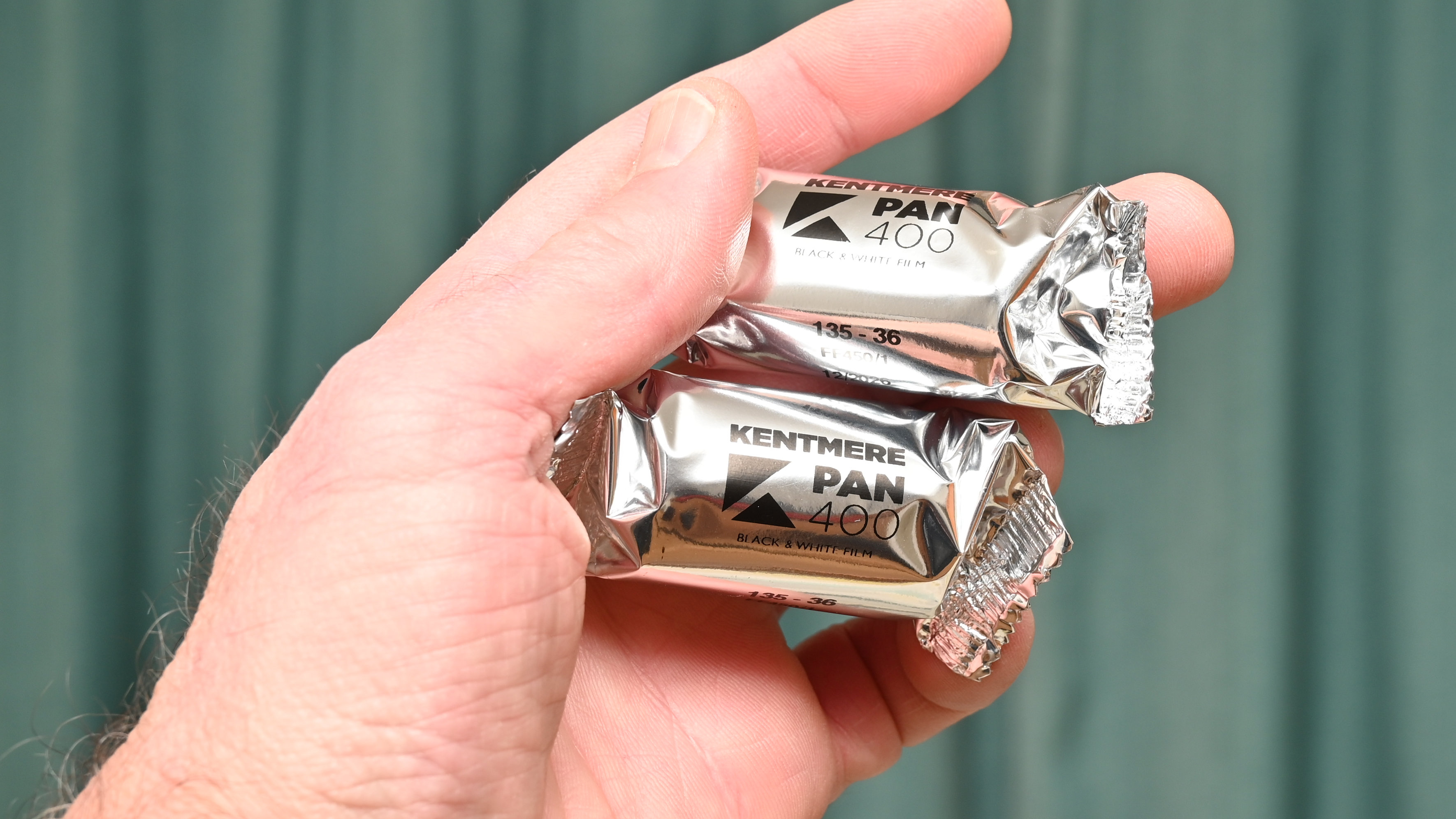
Luckily (or not) I’m of an age that I’ve loaded many a roll of film in my time. It’s a procedure that can be more daunting for the uninitiated, but this camera keeps things simple. There’s a catch on the rear door to open the back of the camera and it’s simple to pull out enough film from the canister to hook it onto the splines on the take-up spool. If the film isn’t engaged properly, the winder won’t click into position for the first frame, as you rotate it.
After that, an interlocking mechanism between the winder and the shutter button ensures that the film advance runs smoothly from shot to shot. A counter just in front of the shutter button starts at the ‘S’ position and enables you to keep track of how many shots you are into the roll of film.
There’s a similar failsafe for rewinding the film back into the canister when you’ve finished the roll. This involves pressing a button in on the underneath of the camera, then winding it back using the crank on the top left.
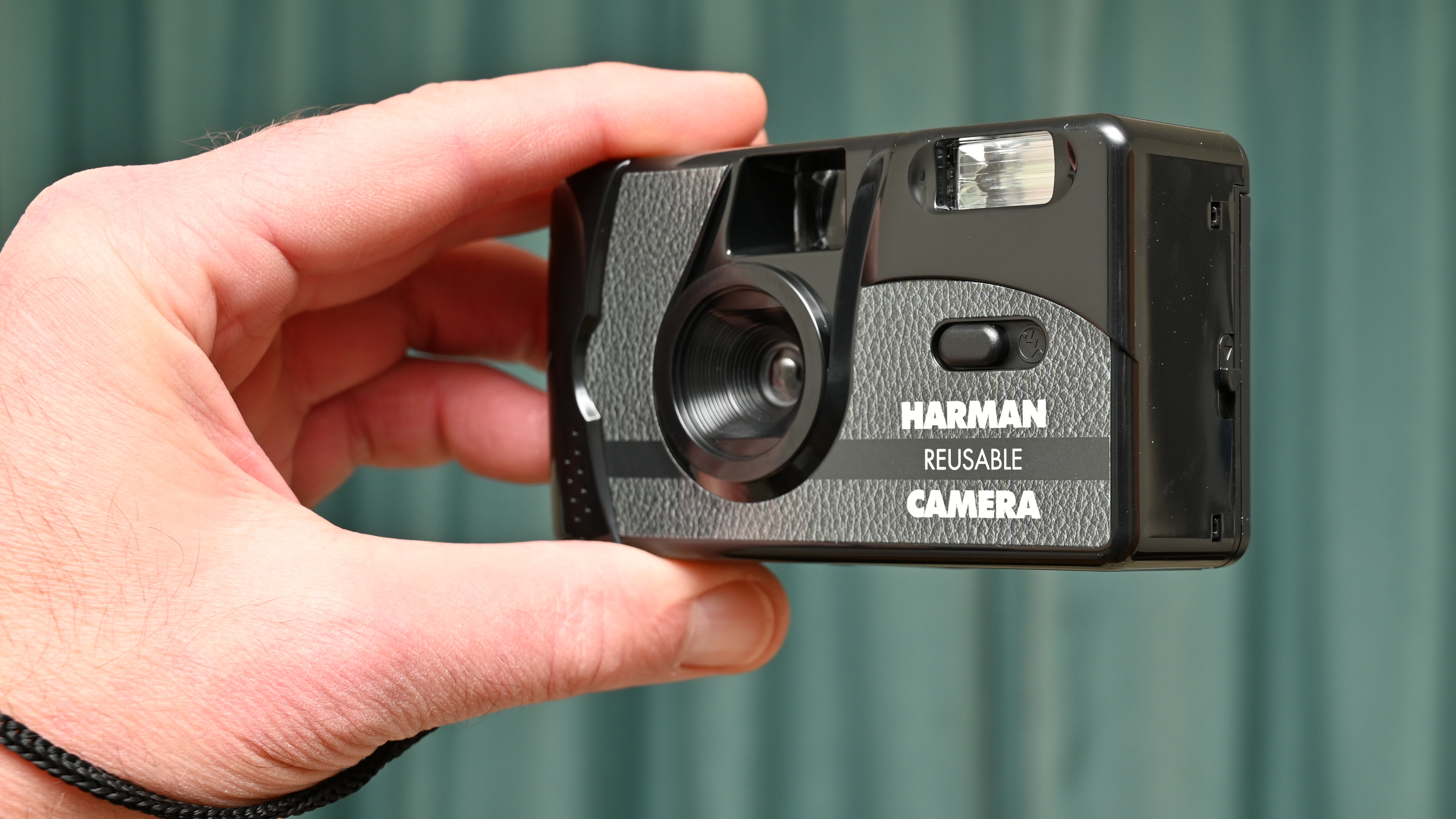
Typical of cheap plastic cameras, there’s no adjustable focus, shutter speed or aperture. Everything is fixed. I find the 31mm f/10 lens with its single element gives a fairly wide-angle but natural perspective. The fixed focus distance enables a depth of field that stretches from 1m to infinity, while the shutter speed of 1/120th of a second theoretically gives pretty good latitude for film exposures in lighting conditions from shade to bright sunlight.
For indoor photography or shooting in the shadows, the camera has a built-in flash. It’s a bit on the slow side, with a recycling time of 15 seconds, but enables better illumination with an effective range of a couple of meters or so.
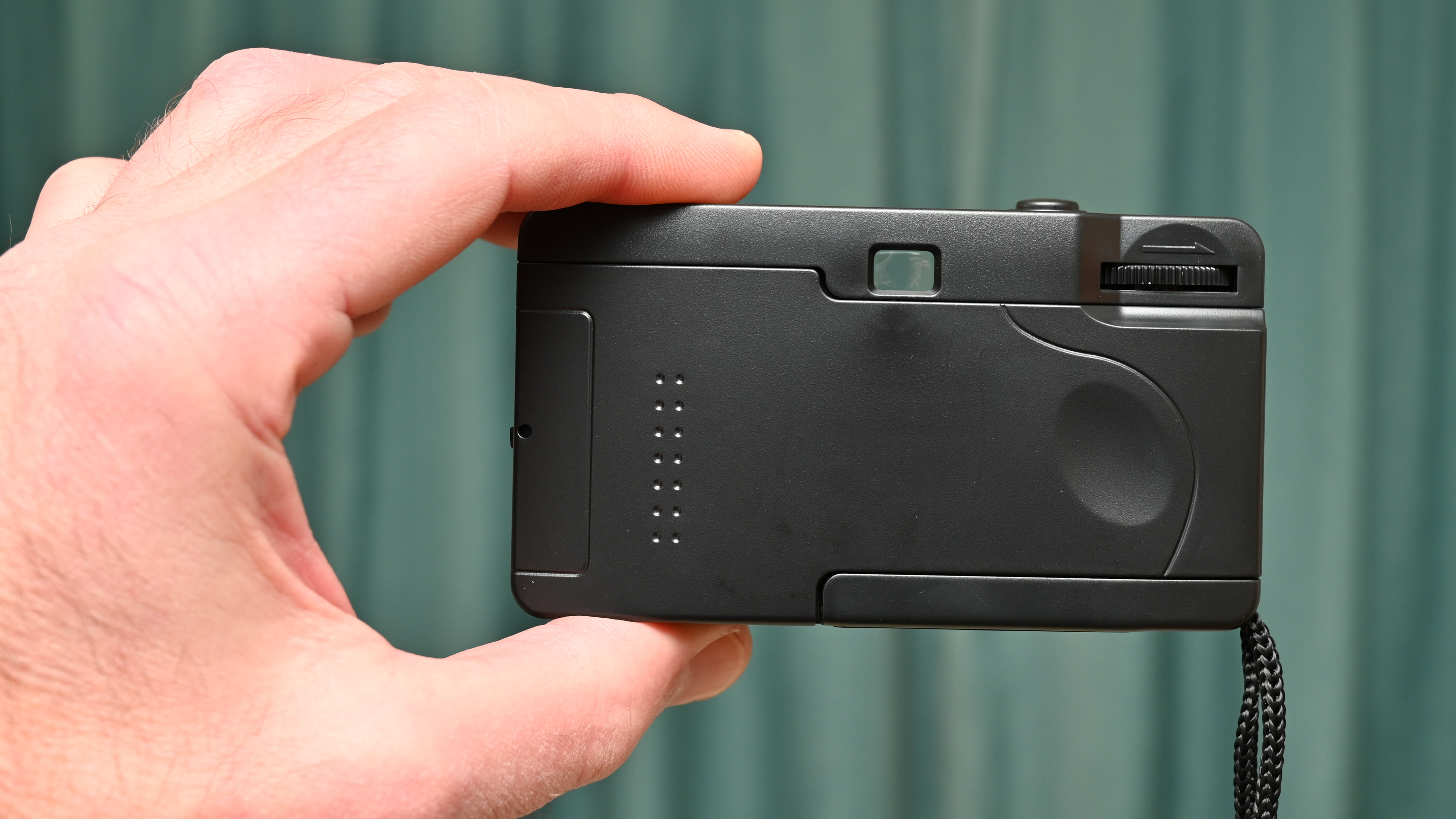
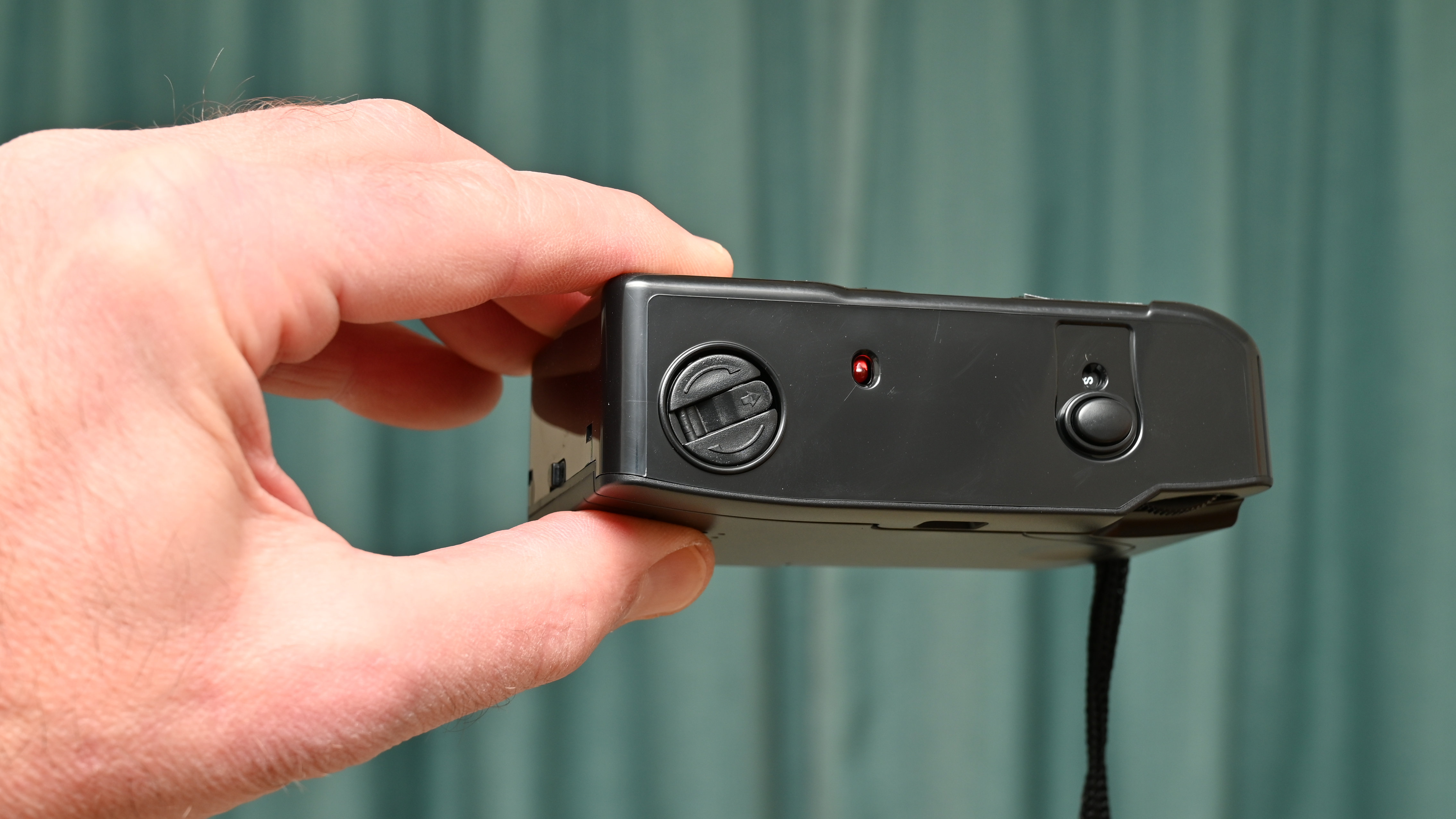
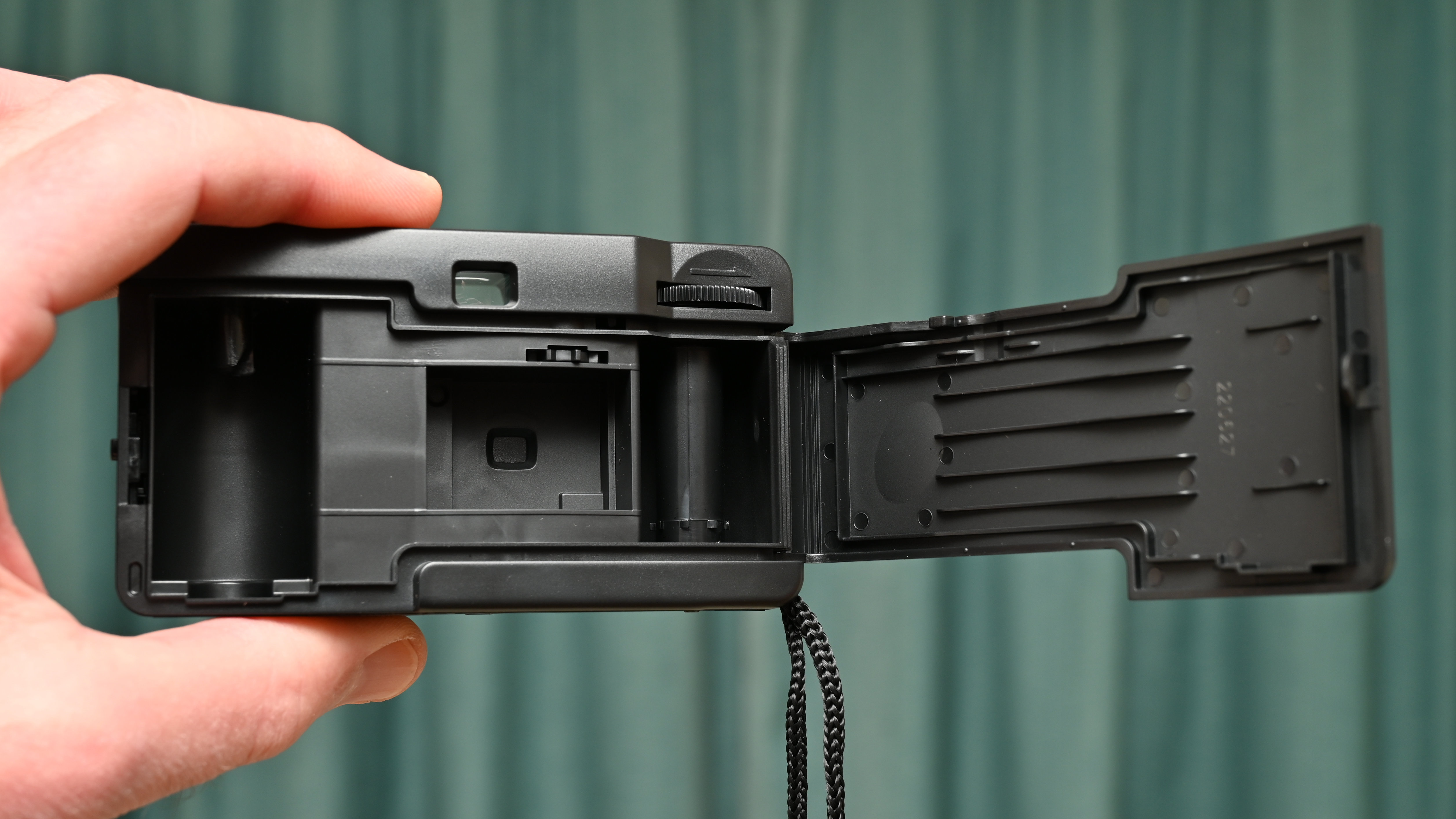
Photo Performance
I took the camera for a day out and shot a range of test shots in wide-ranging lighting conditions, from direct sunlight to deep shade, as well as some indoor shots with and without flash. The film has a wide exposure latitude so, despite the camera having a fixed exposure setting of 1/120th of a second at f/10, I got pretty good results in all of the outdoor conditions that I tried. Indoor shots needed flash, even under fairly bright ambient lighting, which only covers a fairly short range. I found that the Kentmere Pan ISO 400 black & white film that comes with the camera is a little less contrasty than Ilford HP5 Plus ISO 400 black & white film, which is supplied with some of Harman’s other single-use and reloadable cameras. Sharpness isn’t too bad for this type of camera but lags behind that of a smartphone.
Sample Images
This gallery of sample shots was taken in varying lighting conditions from bright direct sunlight to deep shade, as well as indoors with and without flash.
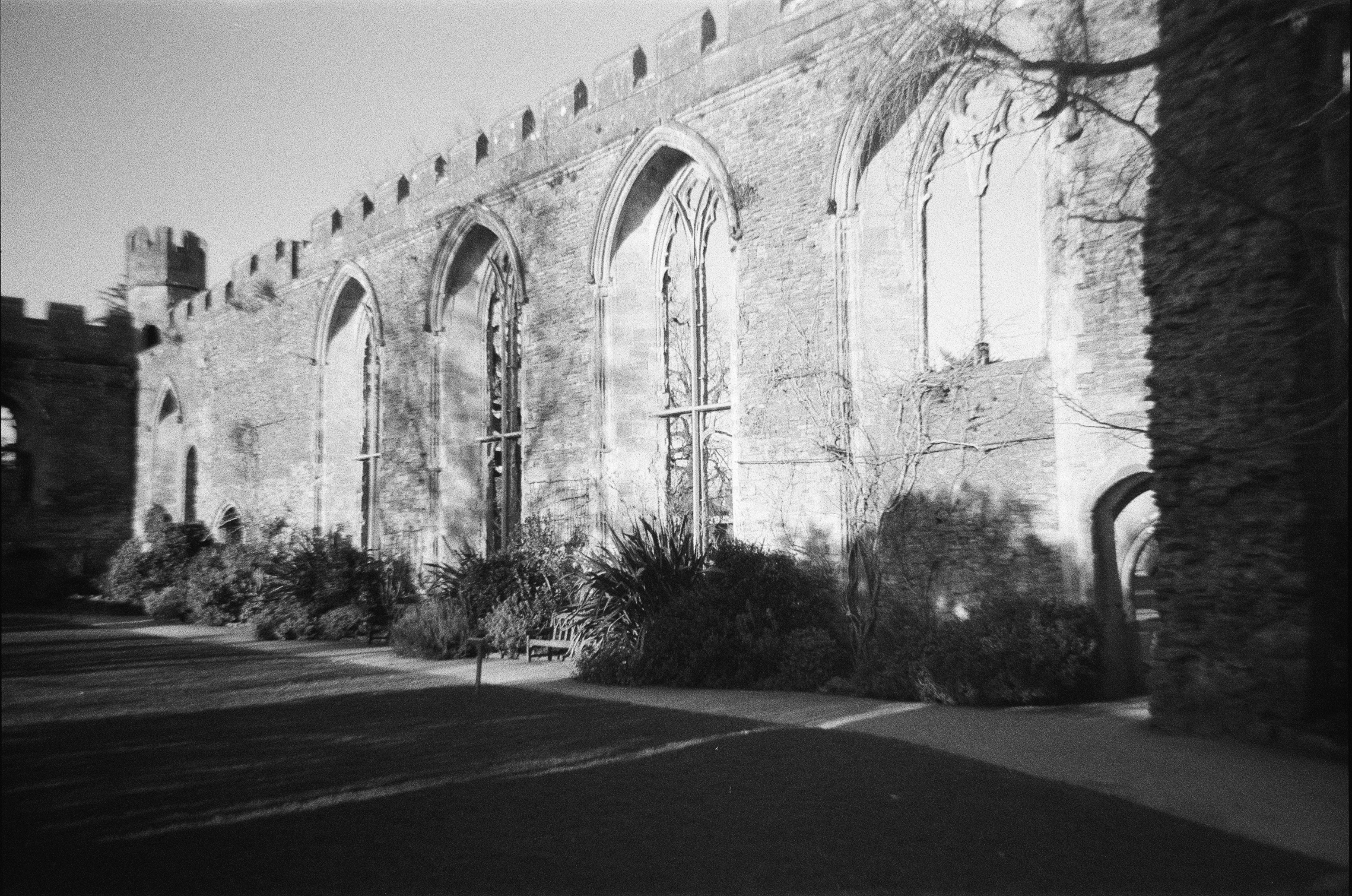
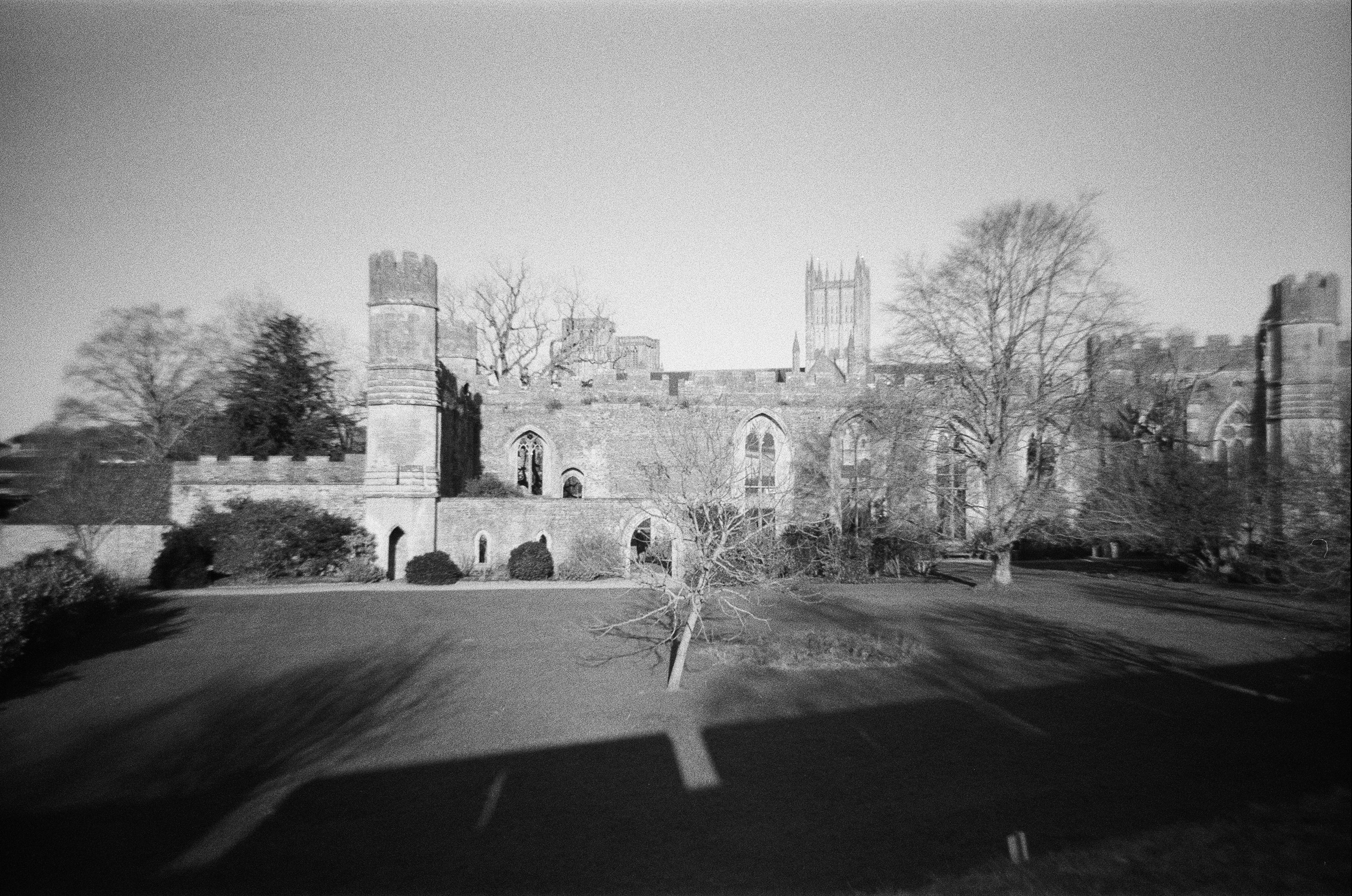
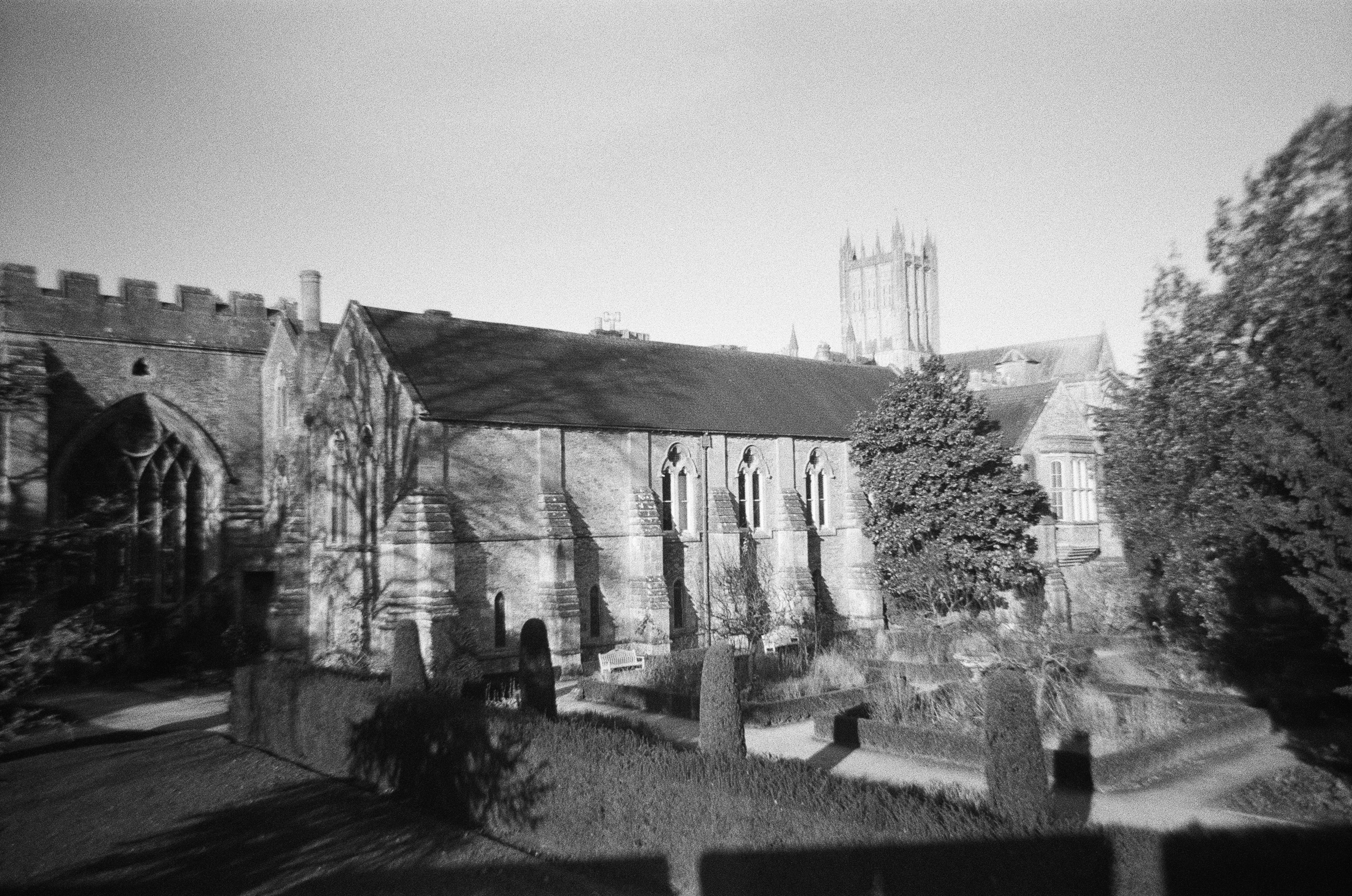
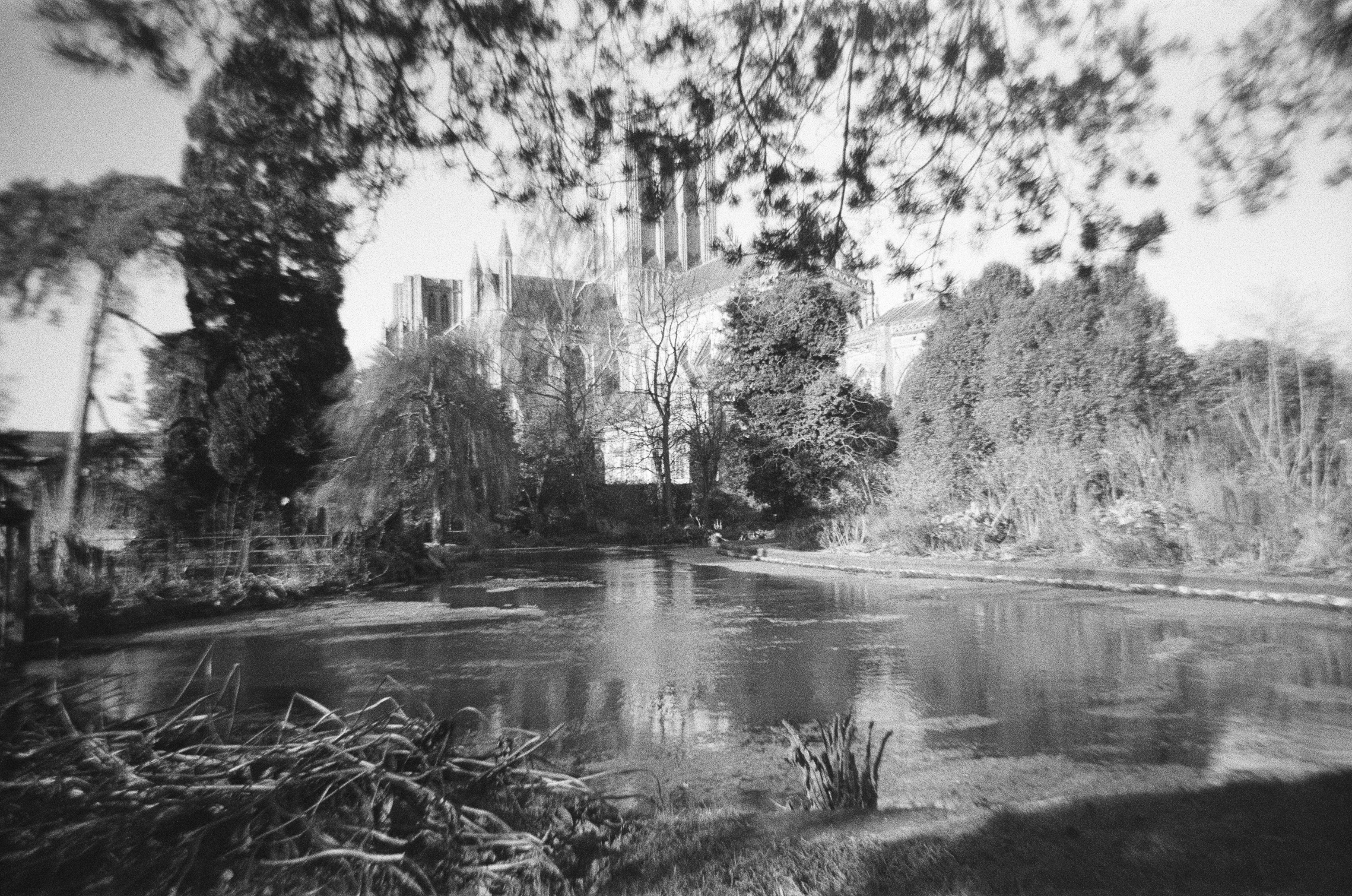
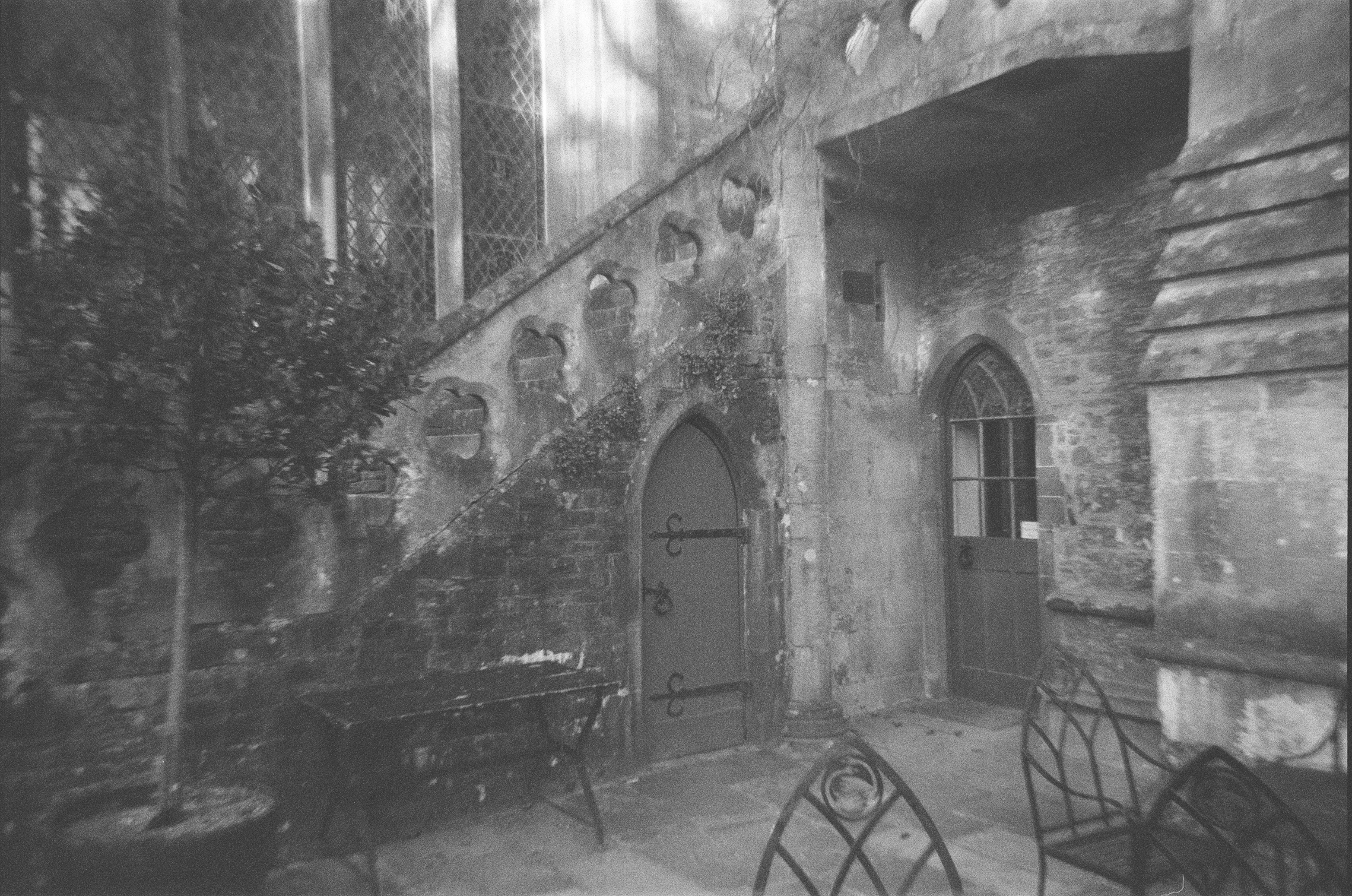
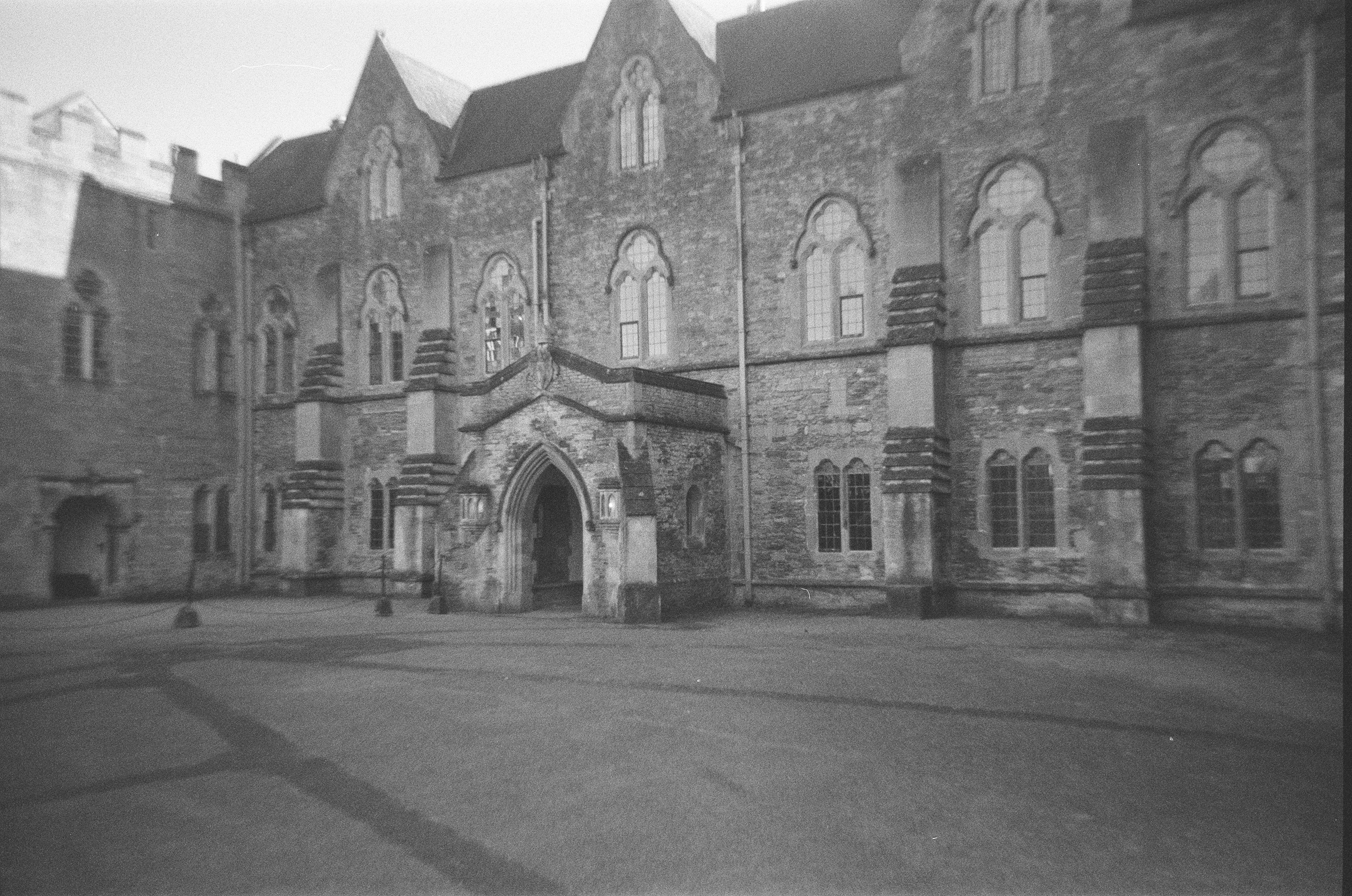
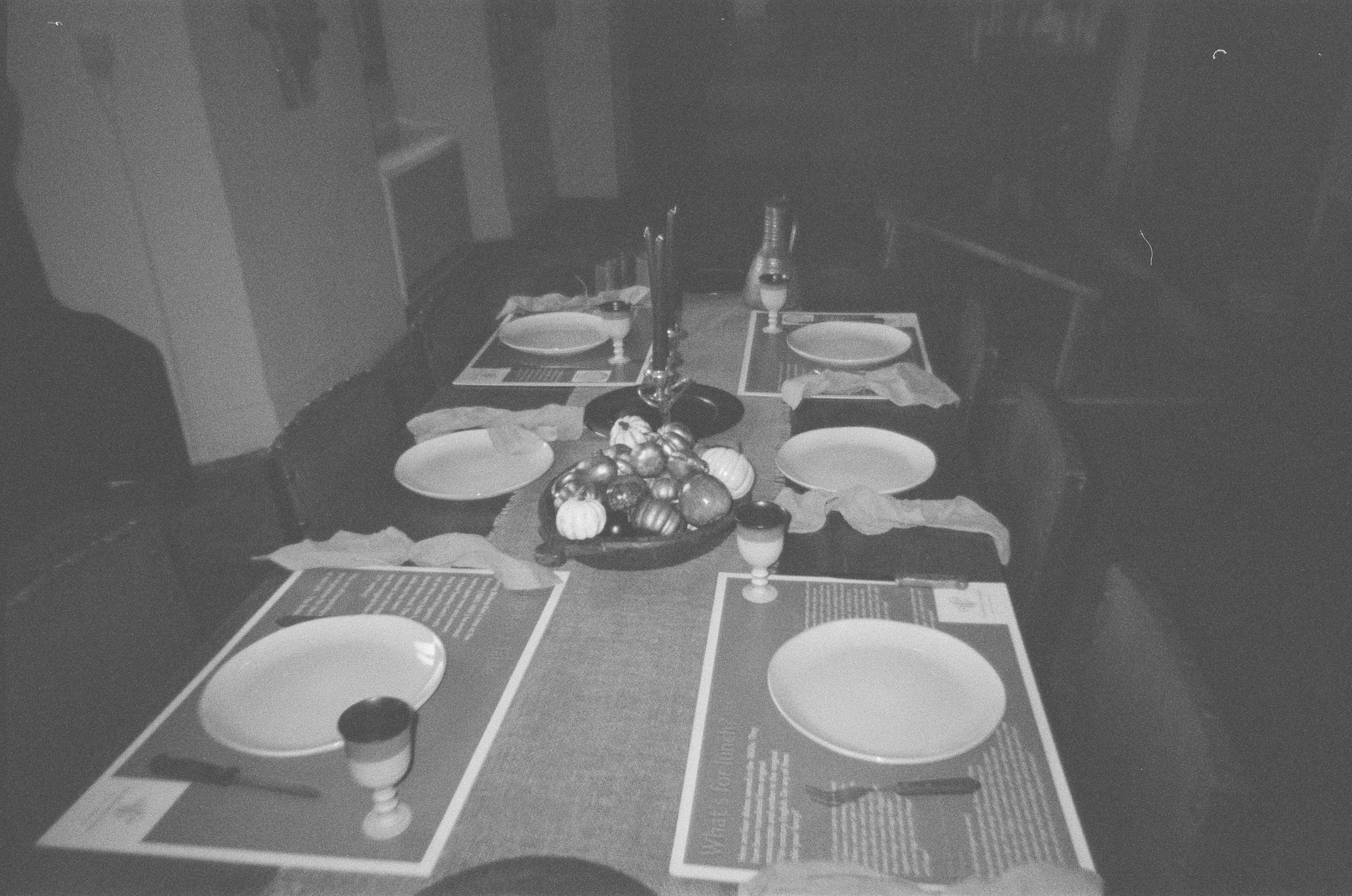
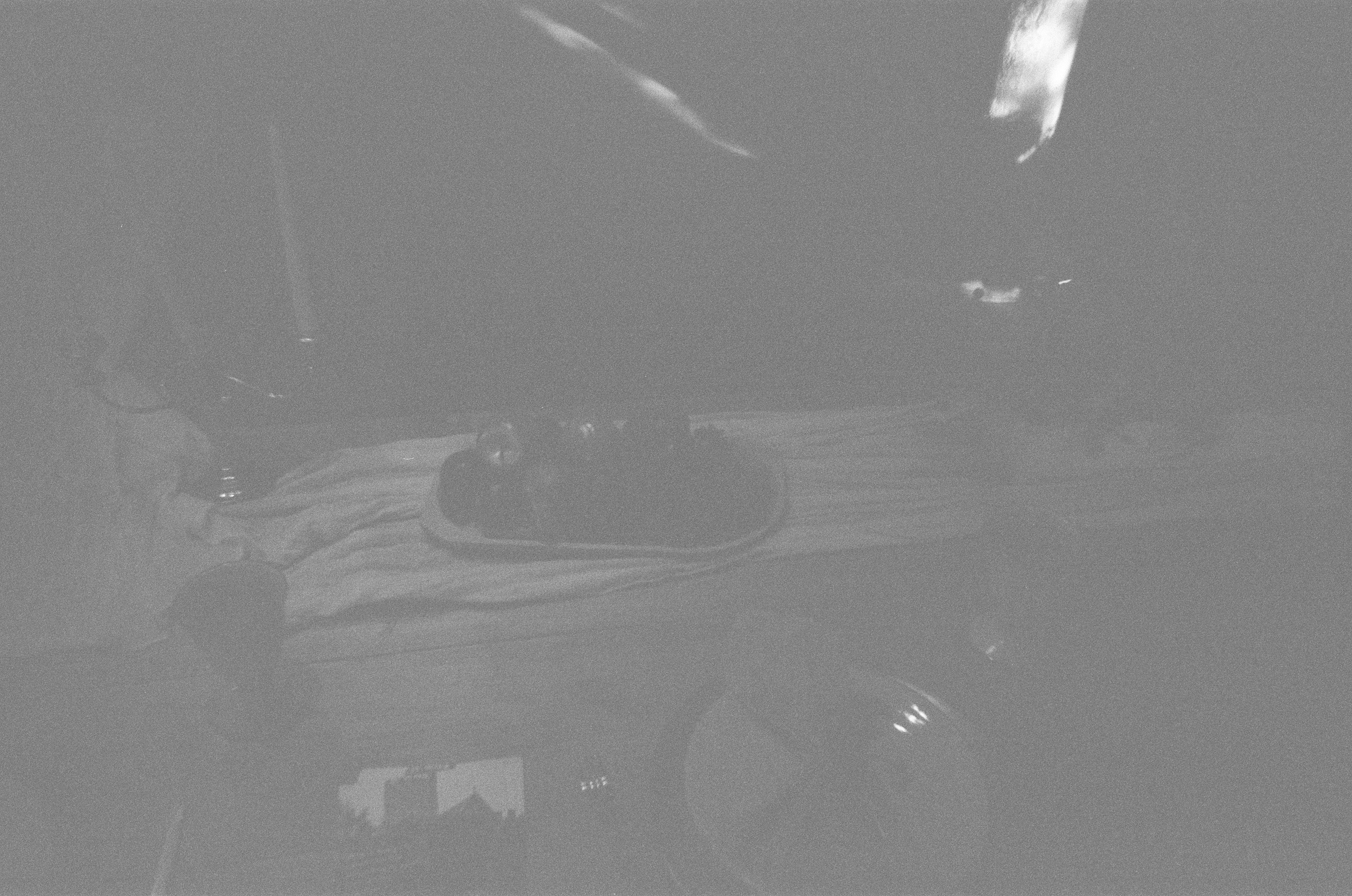
Verdict
For recreating the look and feel of black & white snapshots from a bygone era, the Harman Reusable 35mm Film Camera does a good job. I like that it comes complete with two rolls of 36-exposure Kentmere Pan ISO 400 black & white film, which are a good match for the camera itself in terms of performance. If you want to go for the lo-fi look, this camera has a lot going for it.
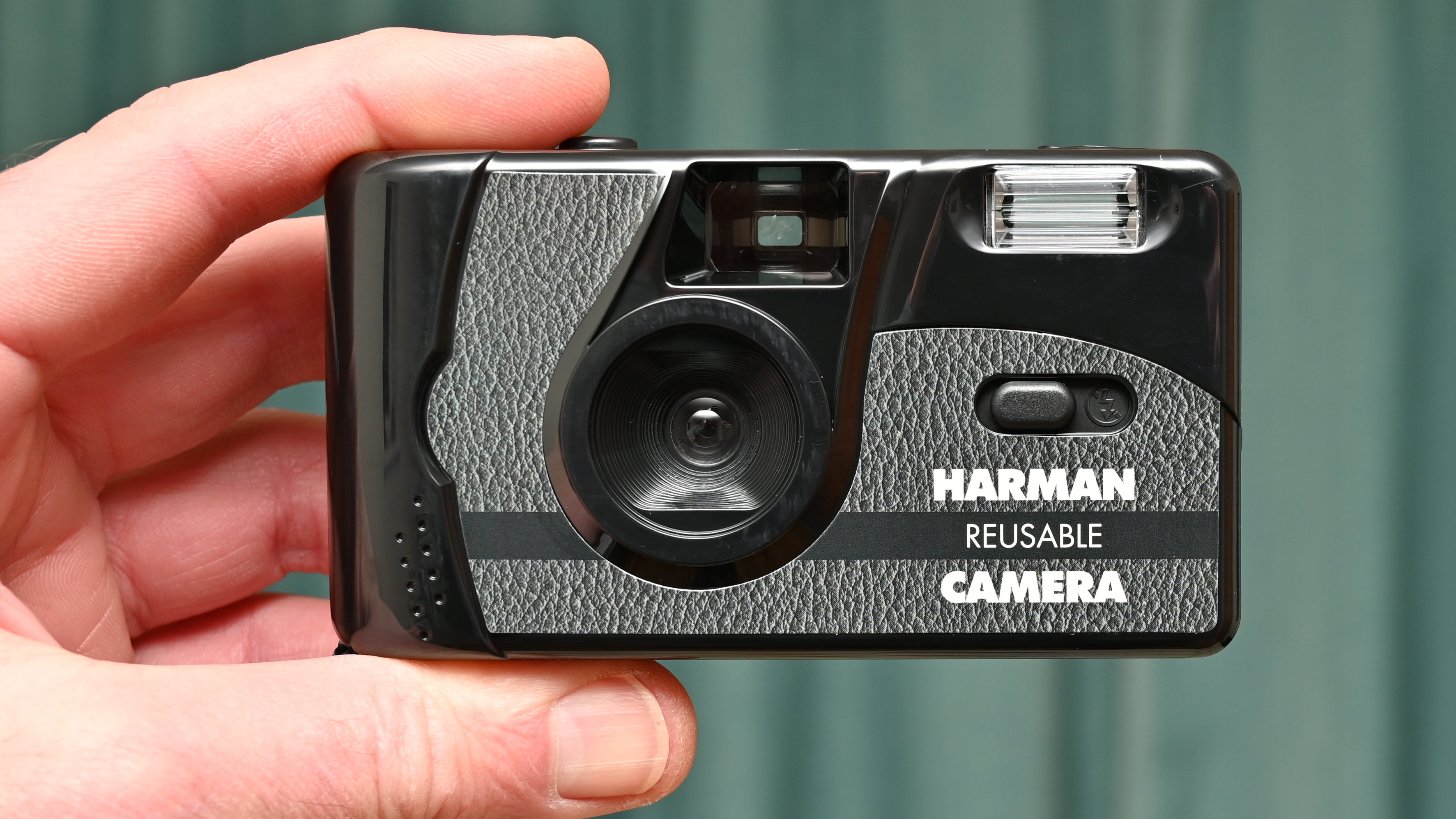
Should you buy the Harman Reusable 35mm Film Camera?
✅ Buy this...
- 2 rolls of film included
- Reloadable, not single-use
- Easy to use
🚫 Don't buy this...
- Fixed focus and exposure
- Built-in flash needed indoors
- Typically lo-fi image quality
Alternatives
The Harman EZ35 Reusable 35mm Film Camera comes with a single roll of pricier Ilford HP5 Plus black & white film and has a motorized film winder.
The Kodak Black & White Tri-X 400 Single Use Camera can’t be reloaded but is cheaper to buy and comes pre-loaded with ‘Kodak Professional’ Tri-X black & white film.
Matthew Richards is a photographer and journalist who has spent years using and reviewing all manner of photo gear. He is Digital Camera World's principal lens reviewer – and has tested more primes and zooms than most people have had hot dinners!
His expertise with equipment doesn’t end there, though. He is also an encyclopedia when it comes to all manner of cameras, camera holsters and bags, flashguns, tripods and heads, printers, papers and inks, and just about anything imaging-related.
In an earlier life he was a broadcast engineer at the BBC, as well as a former editor of PC Guide.
